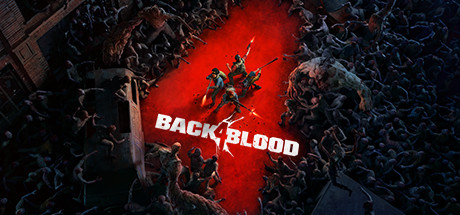Ed Note: the full name for any of the games in the Pokémon Mystery Dungeon series tends to be Pokémon Mystery Dungeon : <Title of the Rest of the Game>. Because these titles end up being 7 words long, I’ve shortened them down to just <Title of the Rest of the Game> for this writeup.
I really like the Pokémon Mystery Dungeon series. This shouldn’t be confused with the Mystery Dungeon Mainline series, or any of the spinoffs. In fact, I recently tried to play one of the mainline series, which led me back to playing Pokémon Super Mystery Dungeon instead, because Shiren the Wanderer: The Tower of Fortune and the Dice of Fate kicked my ass.
So what exactly makes up the Mystery Dungeon series, why do I like the spinoff Pok é mon games better, and am I filthy casual for jumping off the mainline series?
First off, let’s briefly talk about the Mystery Dungeon Series as a whole. It’s the name for a whole bunch of games published by Chunsoft. And because I’ve only played one game in the series that isn’t a spinoff, I’m gonna just link the Wikipedia article here. Generally speaking, though, it’s one of the few games that can be described as roguelike without annoying that magical group of people who are overly twitchy about the roguelike label being misapplied. That is to say, it’s a turn-based dungeon crawler on a grid.
So, second question. Why do I like the Pokémon spinoff games better? While this article is specifically talking about Pokémon Super Mystery Dungeon, I’ve played and really enjoyed Blue Rescue Team and Explorers of Time. Gates to Infinity was mediocre. But it didn’t turn me off the series enough to avoid Super Mystery Dungeon when it came out. To answer why I like the spinoff games better than the mainline ones, I’m going to compare the games to what I’ve seen so far of Shiren, and list the things the Pokémon games do differently. Here’re a few of the reasons:
Wiping in a dungeon in the spinoff games doesn’t reset your level. While you do lose all your items and money, you don’t go back to level 1. This means that you can grind your way through bullshit, and a wipe doesn’t feel like a complete loss of progress.
Speaking of which, escape scrolls/escape orbs (items that let you escape the dungeon with all of your stuff if everything looks like it’s about to go to shit) actually drop in the Pokemon games, while they apparently only show up if you get rescued in a dungeon in the mainline series.
Oh, and revival seeds exist, so that when an enemy you haven’t seen before TPK’s your squad, you can actually keep playing, instead of just getting dunked on.
The fact that the game has Pokémon as the characters is a benefit, but perhaps even more importantly for me, as the games go on, you get the ability to play as almost any of them, which gives a massive pool of playable characters.
Outside of all these mechanics though, one thing I’ve always liked about Pokémon in general is the sense of exploration. There’s always been something neat and magical for me about the idea of venturing around somewhere and discovering something fantastic. And while I don’t get that feeling from the current mainline Pokémon games, it’s still present in the Mystery Dungeon spinoffs.
So now that we know why I like the Pokémon spinoffs the best, let’s talk about why I like Super Mystery Dungeon the most of the spinoffs.
While the general gameplay is the same, there are a few big changes to how teambuilding works for the post game. For starters, you recruit new team members by completing missions and adding them to your connection sphere. This is nice compared to the older games which instead required you to defeat an enemy, and then win a hidden role to recruit them. In addition to that, you then had to either complete or escape the dungeon with said team member.
Next up, treasure! Super Mystery Dungeon has treasure chests, like the games before it, but also has gold bars, a secondary currency that you keep regardless of whether you wipe or not in a dungeon. They’re just fun to get, and unlike other items, they don’t actually show up on the mini-map. Instead, they show as little sparkles that you have to walk over, and when you do, you’ll get gold bars or another useful item.
If I have a complaint about Super Mystery Dungeon, it would be that prior to the postgame, the game felt a bit slow. To be fair, I was playing it about 3 years ago. But I remember being frustrated by how slowly I learned new moves and leveled up.
So that’s the Mystery Dungeon set of games. If the idea of a cool little Pokemon dungeon crawler with a massive amount of content and postgame appeals to you, break out that 3DS, grab yourself a copy off eBay, and dive in.




